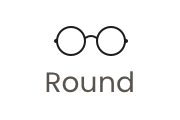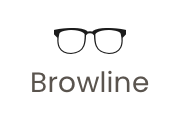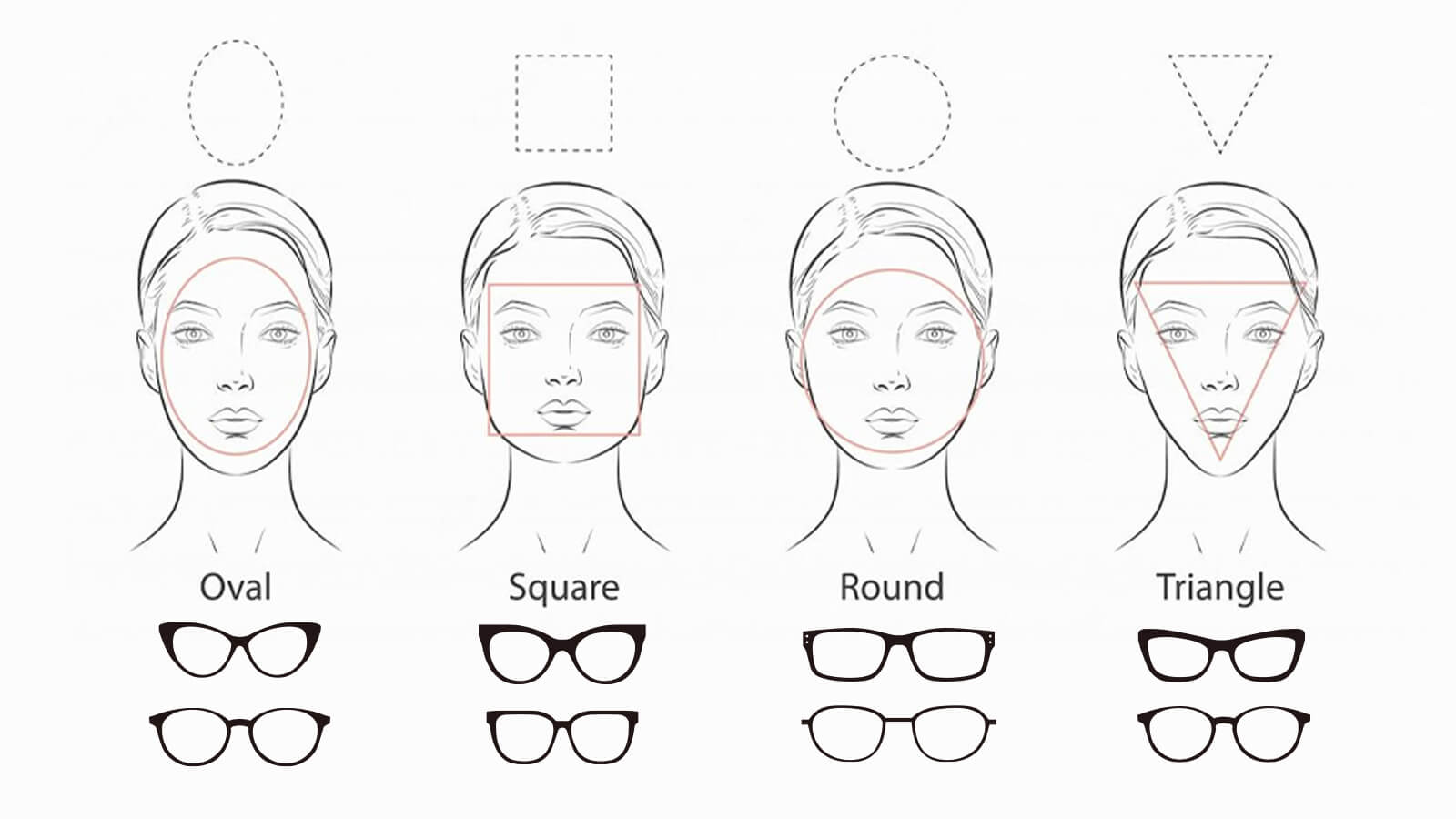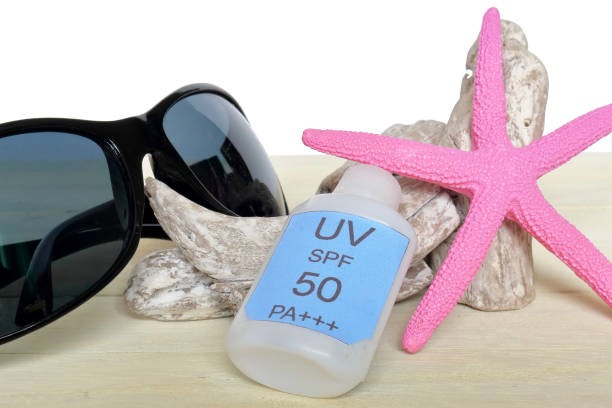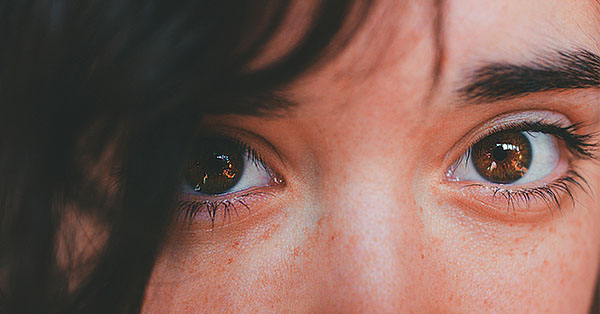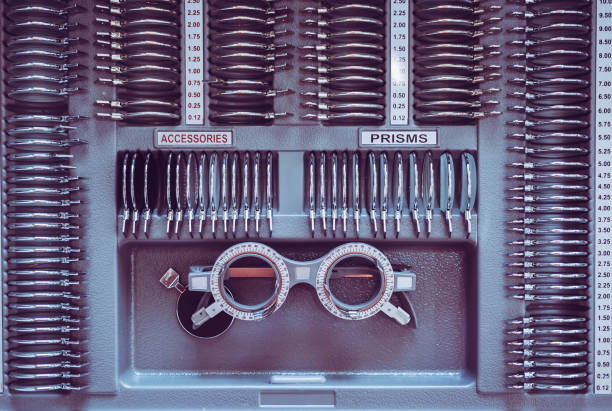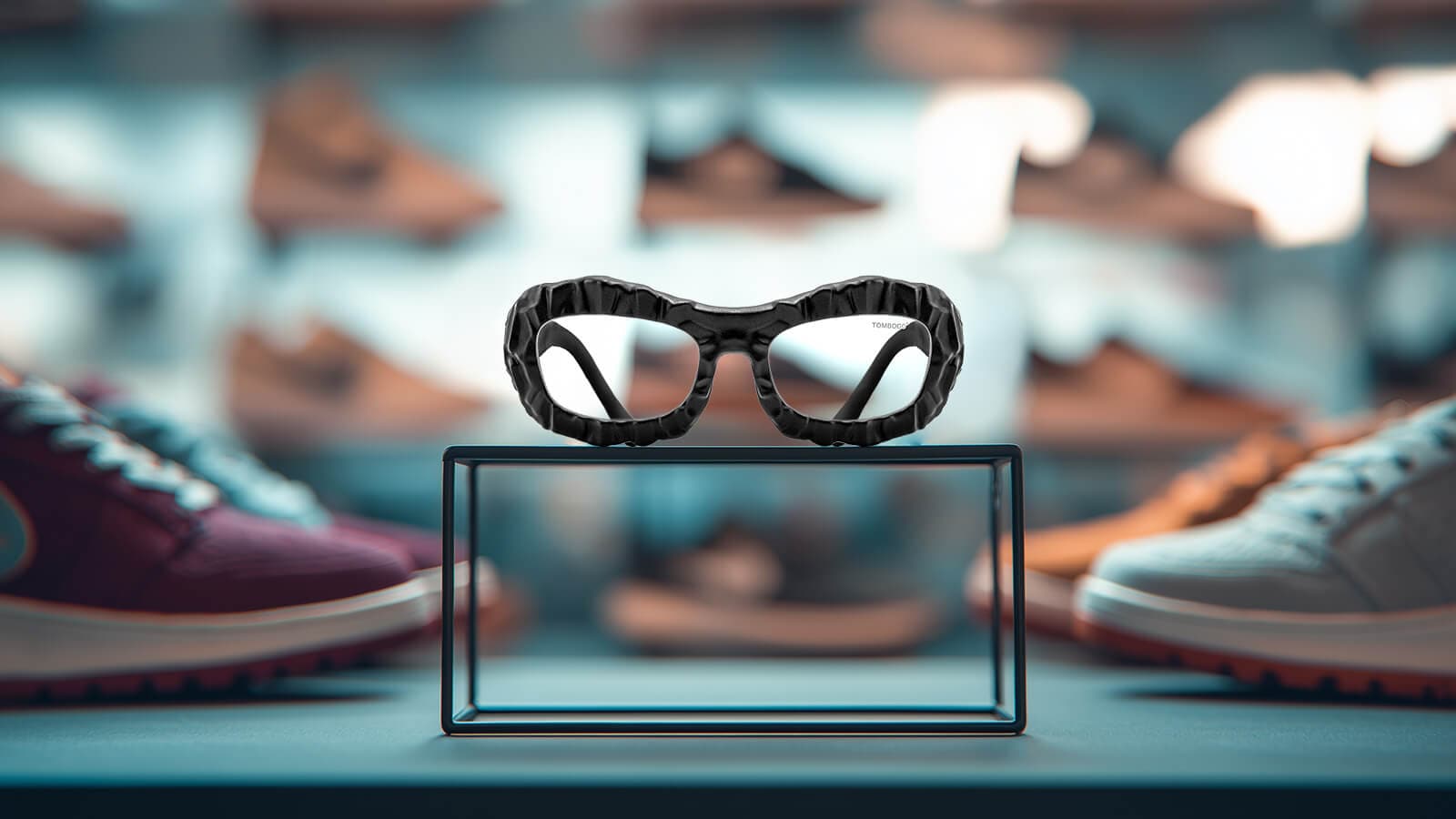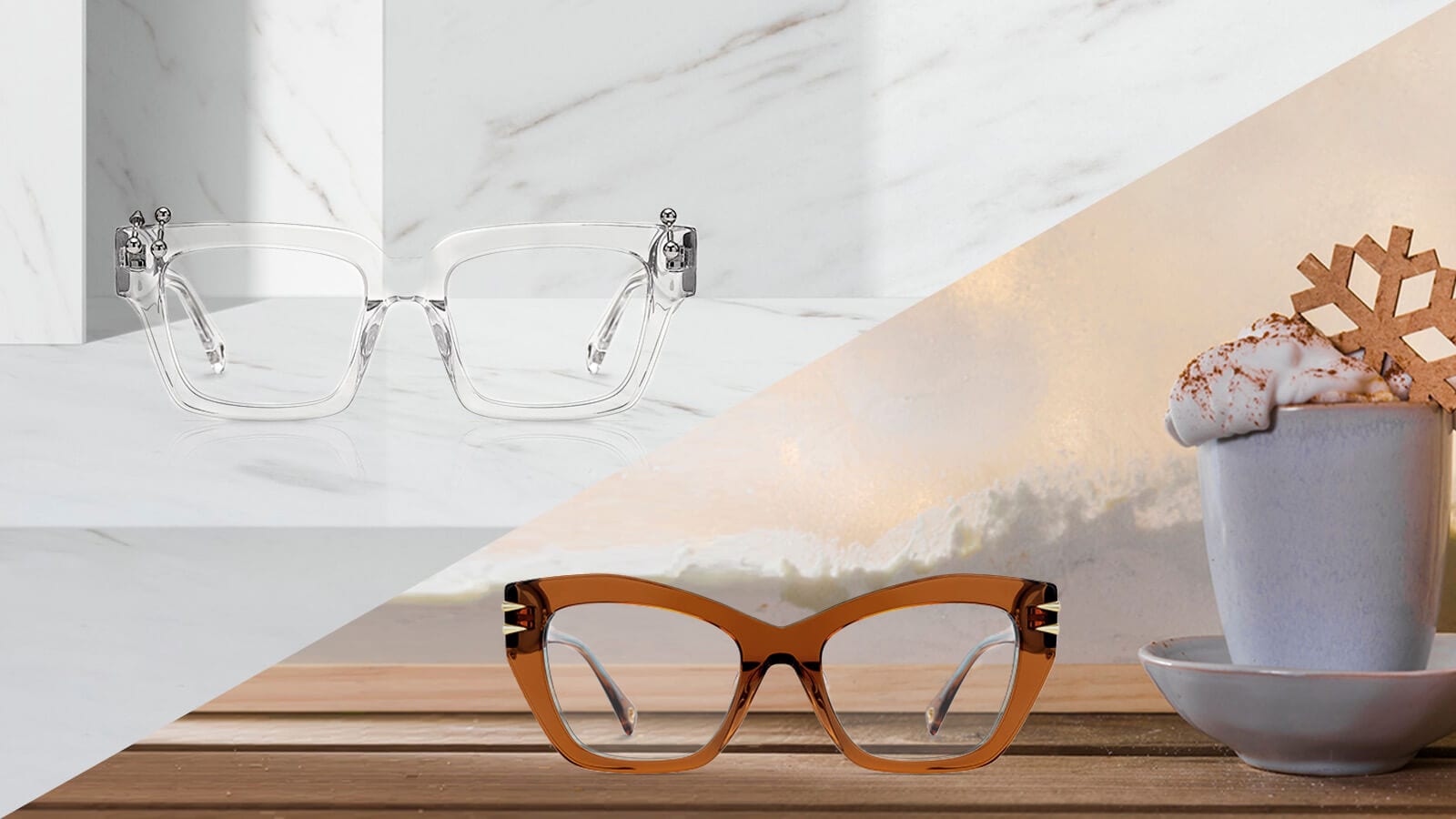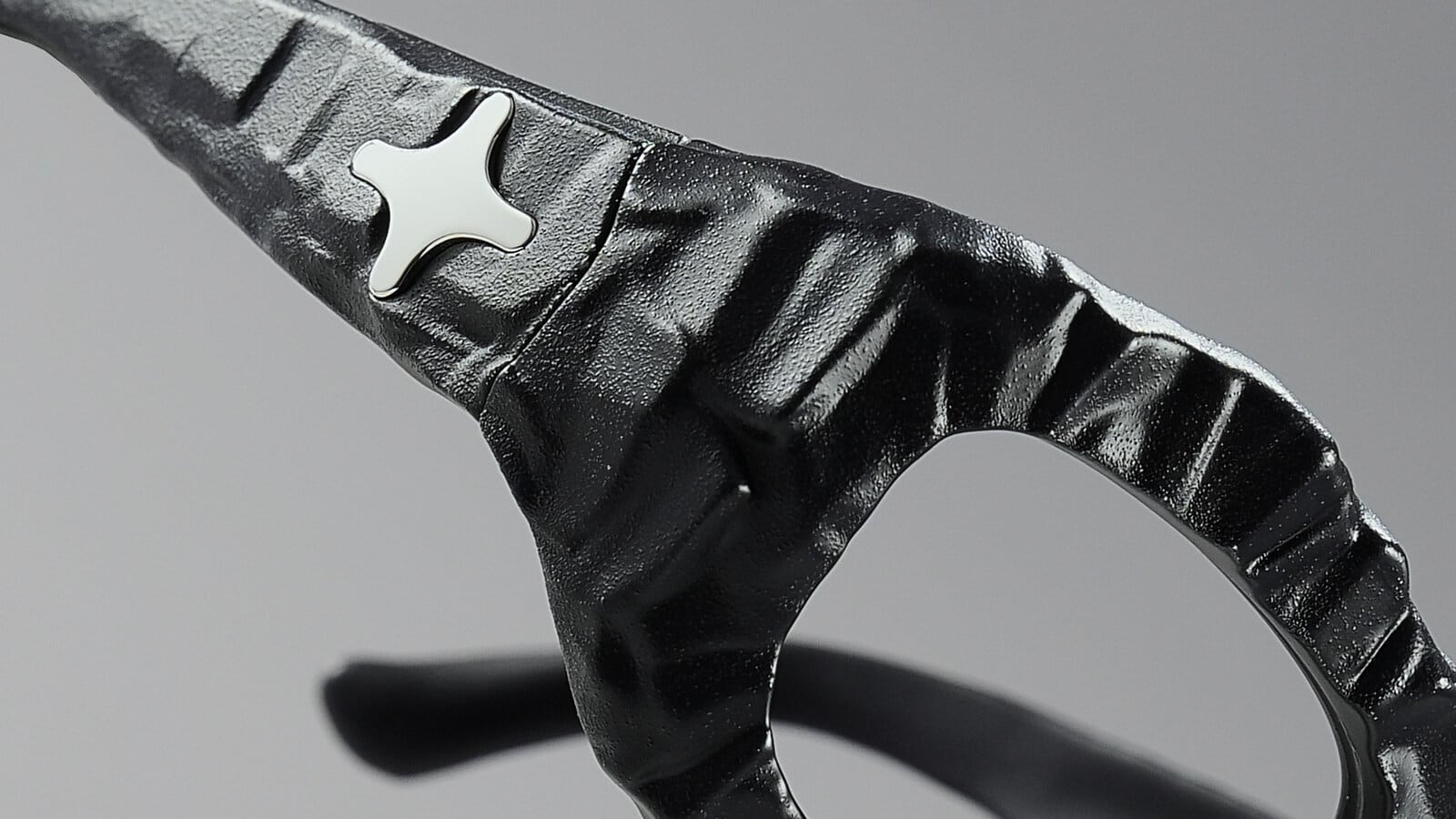
Guide to Picking Glasses That Suit Your Face Shape Perfectly
February 27,2023

What is Boho Style? A Comprehensive Guide to Boho-Chic Fashion
February 13,2025

Virtual Glasses Try On - Find Your Perfect Pair Online
April 02,2024

UV Protection Glasses VS. Blue Light Glasses - Vooglam
July 20,2023

Newest Style Modern Trendy Mens Glasses | Vooglam
March 01,2024

Stylish Reading Glasses: Blending Fashion with Functionality
February 16,2023

What are photochromic lenses & glasses?
September 22,2023

Brown Eyes: The Beauty of the Most Common Hue
September 01,2024

The chubby face glasses for round face female
August 02,2023

What are prisms in eyeglasses?
March 20,2023

What Are Bifocal Glasses? The Complete Guide (Types, History & Benefits)
April 14,2023

How to Read Your Eyeglass Prescription?
March 11,2023
What Do the Numbers on My Glasses Mean? A Full Explanation
Have you ever looked inside your glasses and seen a bunch of numbers? You might wonder what do the numbers on glasses mean. Don’t worry, you’re not alone!
These numbers are not about your eyesight. They don’t come from your eye doctor. They are all about how your glasses fit your face. In this guide, we’ll help you understand the glasses numbers' meaning and how they help you pick the best glasses for your face.
Where to Find Your Frame Measurements
You can find the numbers on the inside of one of the arms of your glasses. The arms are the long parts that go behind your ears.
Sometimes, the numbers are on the bridge, which is the part that sits on your nose.

Decoding the Three Numbers: Eye, Bridge, and Temple
You will usually see three numbers like this: 52□18-140. All of these are in millimeters (mm). Let’s break down how to read glasses measurements.
The First Number: Eye Size (or Lens Width)
This is the first number. It tells you how wide one lens is.
What it does: It helps show how big the glasses will look on your face.
The Second Number: Bridge Width
This is the middle number. It tells you how wide the space is between the two lenses — the part that goes over your nose.
Why it matters: It helps the glasses sit right on your nose. If it’s too small, they might pinch. If it’s too big, they might slip.
The Third Number: Temple Length
This is the last number. It tells you how long the arms of your glasses are.
Why it matters: It helps the glasses fit nicely behind your ears so they don’t fall off.
How Frame Glasses Measurements Affect Your Look and Comfort
The Real Key to Fit: Calculating Total Frame Width
This is how wide your glasses are from one end to the other. It’s a big deal when picking glasses that fit your face.
Here’s a simple way to figure it out: (Eye Size x 2) + Bridge Size = Total Width
Example:
If your glasses say 52□18-140,
then (52 x 2) + 18 = 122 mm wide.
That’s a good size if your face is about that wide, too.
Lens Height: Why It Matters for Your Style and Lenses
This tells you how tall the lens is from top to bottom.
Why it matters: Some glasses need taller lenses for bifocal or progressive lenses (if you use those). Also, the shape can change how your face looks — round, square, or more modern.
The Nuance of Bridge Fit: High vs. Low Bridges & Nose Pads
Some people have high noses. Some have low noses. That’s why the spot where the bridge sits matters.
High bridge: The glasses will sit lower.
Low bridge: The glasses will sit higher.
Also, some glasses have adjustable nose pads. These help you move the frame for better comfort. These are great if your glasses slide down a lot. Plastic frames don’t usually have these.
Read more about low bridge fit here.
How to Find Your Perfect Fit: 3 Easy Methods
Method 1: Use Your Current Glasses
Look at the numbers on a pair that already fits you well. Use them when buying new ones.
Method 2: The Credit Card Trick
Hold a card under your eye, across your nose.
If the card is wider than your eye, you need a small frame.
If the card is the same size, go for a medium frame.
If the card is narrower, you need a large frame.
Method 3: The Printable Ruler Method
You can use a printable ruler to measure in millimeters. This helps you check how wide your glasses should be. Here is a Free Printable Sizing Guide & Rule.
Your Complete Eyeglass Markings FAQ
What are the other numbers and symbols on my frames?
Besides the size, you may see other things:
Model number: This shows the style or type.
Color code: A shortcode for the frame color.
CE mark: This means the glasses meet safety rules in Europe. It’s a good sign.
What happens if my glasses are the wrong size?
If your glasses are too small or too big, you might notice:
They slide off.
They pinch your nose.
They give you a headache.
They just look wrong on your face.
Is Pupillary Distance (PD) part of the frame size?
PD is not printed on your glasses. It’s from your eye doctor. It shows how far apart your eyes are. It helps center your lenses the right way. It’s not part of the frame numbers.

Frame Fit vs. Vision Correction: A Final Clarification
Let’s make it clear one more time:
Frame numbers = How your glasses fit your face
Prescription numbers = How your glasses help you see better
Want to learn more about your prescription? Click to learn How to Read Your Eyeglass Prescription.
Conclusion
Now you know what those numbers on glasses frames mean!
The first number is the eye size. The second is the bridge width. The third is the temple length.
These numbers help you find glasses that feel good and look great. Next time you shop for glasses, you’ll be ready to find the perfect pair.
You’ve got this! Now, go pick out glasses that fit you just right. Want help choosing? Check out our top picks for the best-fitting frames!

Vooglam Blog
Vooglam blog shares professional knowledge about eyeglass frames, lenses, etc., and provides help when purchasing and using eyewear products. At the same time, Vooglam focuses on fashion glasses to interpret the trend of glasses for you.

Best Frames for Progressive Lenses: How to Choose the Perfect Fit
You’ve done the research (perhaps even comparing progressive lenses vs. bifocals). You know you need progressive lenses to see clearly at every distance. But here is the catch that most people miss: T
December 31,2025
Streetwear Fashion’s Next Big Thing: Functional Eyewear With an Edge
As we head into 2026 a few major changes have occured across the fashion landscape. Consumers are rejecting purely aesthetic objects demmnading more utility and practicality before they shell hundreds
December 31,2025
From Mocha Mousse to Cloud Dancer: The "Soft Power" Palette of 2025-2026
The fashion world is currently taking a deep breath. After years of neon dopamine dressing and chaotic prints, the collective mood is shifting toward something quieter, yet infinitely more powerful. W
December 26,2025
Inside the Lab: Five Untold Stories Behind the Vooglam X TOMBOGO Frames
The InspirationTOMBOGO's design philosophy starts with a radical question: What if overlooked everyday objects contain extraordinary utility we've been trained to ignore?USB drives, geological samples
December 24,2025













